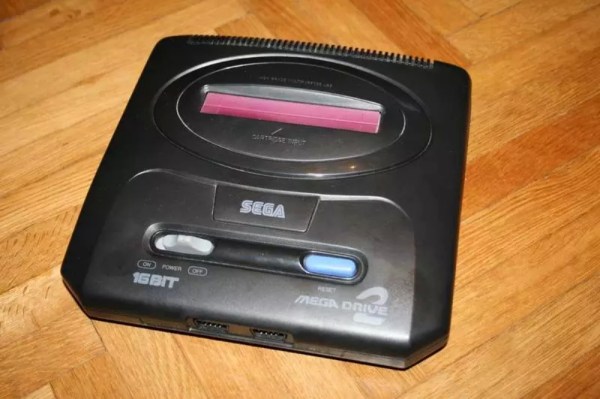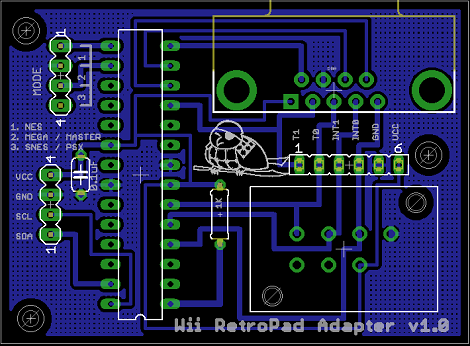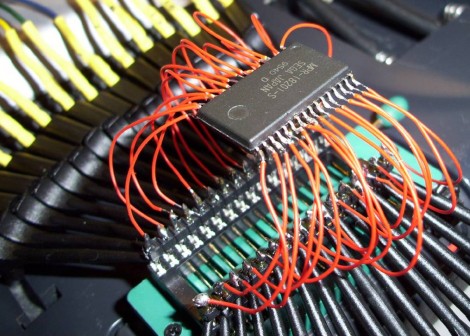Before the days of the RetroPie project, video game clones were all the rage. Early video game systems were relatively easy to duplicate and, as a result, many third-party consoles that could play official games were fairly common. [19RSN007] was recently handed one of these clones, and he took some pretty great strides to get this device working again.
The device in question looks like a Sega Genesis, at least until you look closely. The cartridge slot isn’t quite right and the buttons are also a little bit amiss. It turns out this is a Famicom (NES) clone that just looks like a Sega… and it’s in a terrible state. After a little bit of cleaning, the device still wasn’t producing any good video, and a closer inspection revealed that the NOAC (NES-on-a-Chip) wasn’t working.
Luckily, [19RSN007] had a spare chip and was able to swap it out. The fun didn’t stop there though, as he had to go about reverse-engineering this chip pin-by-pin until he got everything sorted out. His work has paid off though, and now he has a video game system that will thoroughly confuse anyone who happens to glance at it. He’s done a few other clone repairs as well which are worth checking out, and if you need to make your own NES cartridges as well, we’ve got you covered there, too.














